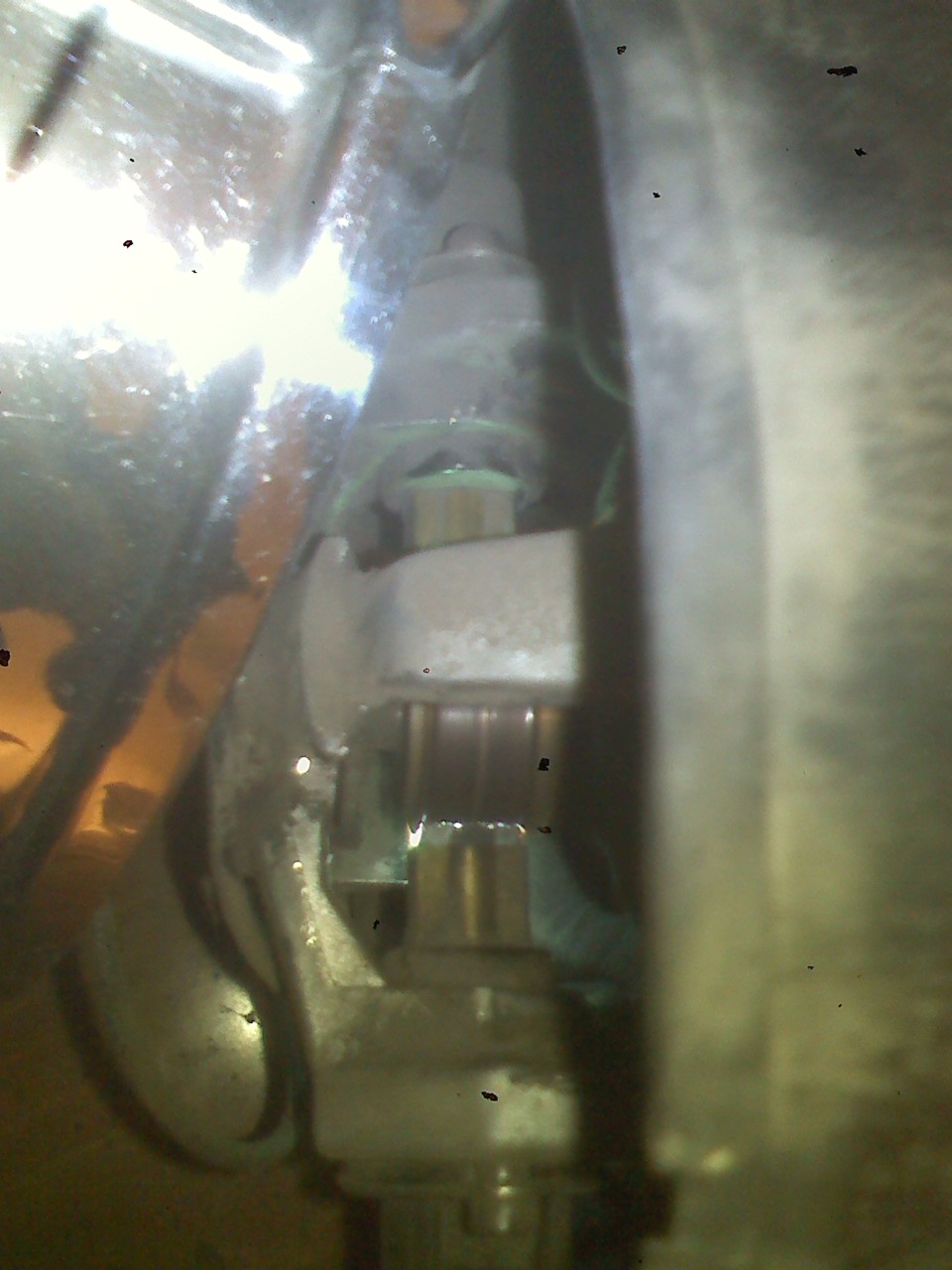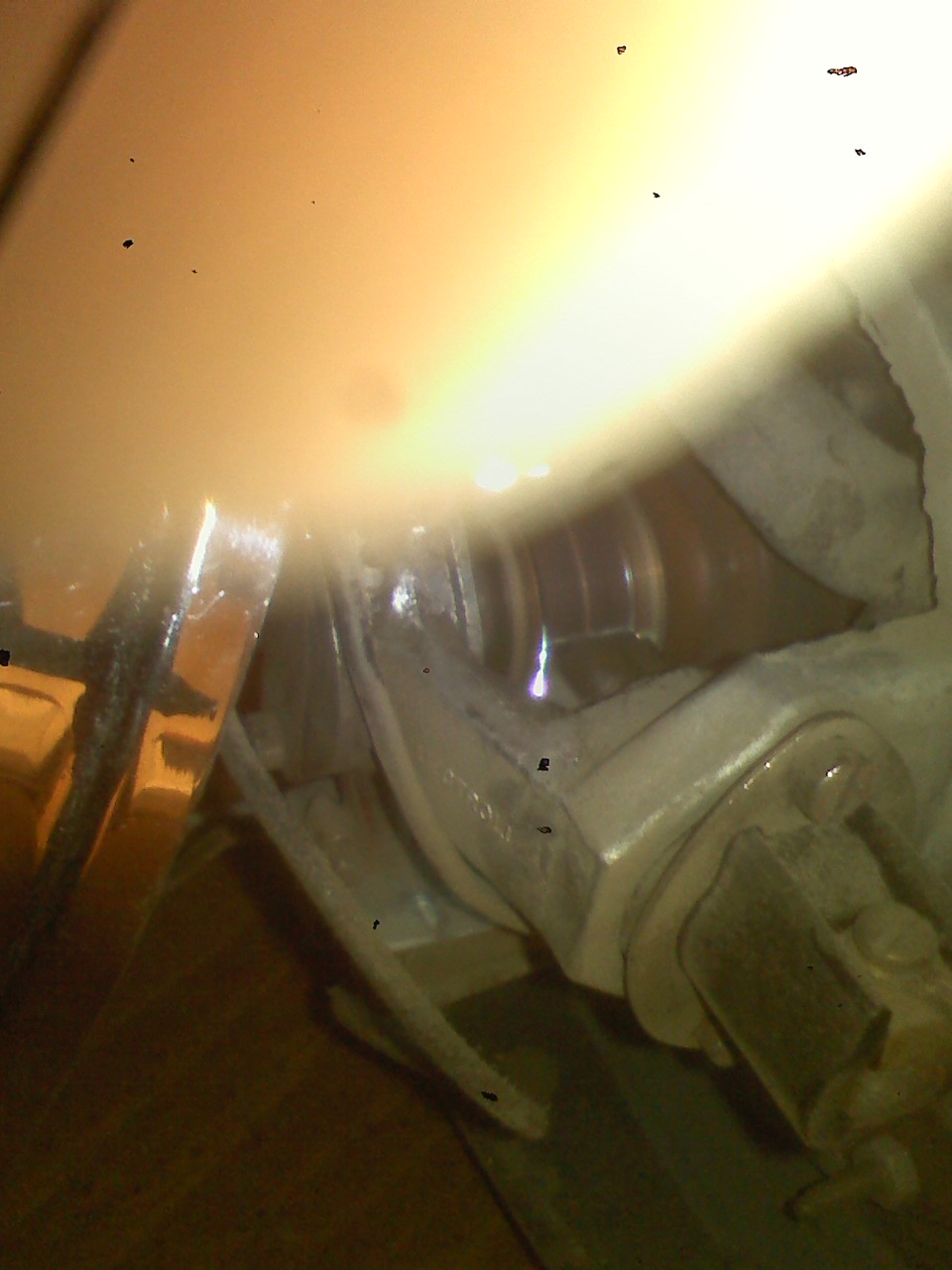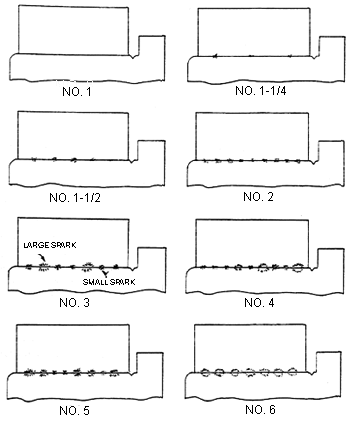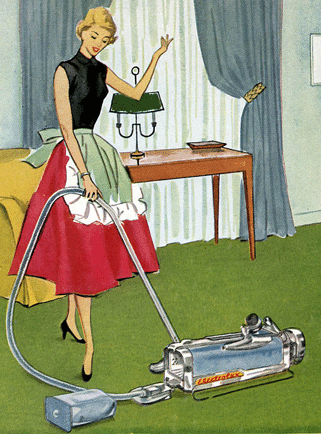|
Thread Number: 15328
Is this normal for my Electrolux? |
[Down to Last] |  |
| Post# 162871 12/20/2011 at 18:28 (4,602 days old) by tyson () | ||
|
As I put in last post I found an Electrolux XXX although it runs good is this normal or is it time for new brushes? 
| ||
| Post# 162872 , Reply# 1 12/20/2011 at 18:31 (4,602 days old) by tyson () | ||
|
It seems to spark from the brushes and tracks the armature as it spins rather brightly. 
| ||
| Post# 162873 , Reply# 2 12/20/2011 at 18:33 (4,602 days old) by tyson () | ||
|
Though it runs smooth,How much spark if any is normal? | ||
| Post# 162887 , Reply# 3 12/20/2011 at 19:31 (4,602 days old) by vacuumfreak (Ontario, Canada) | ||
|
Mine does this too, although not as brightly. I think it is perfectly normal, because my brushes are still about an inch long. | ||
| Post# 162888 , Reply# 4 12/20/2011 at 19:33 (4,602 days old) by vacuumfreak (Ontario, Canada) | ||
|
I meant to say that MY brushes are about an inch long ;) Daniel :) | ||
| Post# 162889 , Reply# 5 12/20/2011 at 19:34 (4,602 days old) by vacuumfreak (Ontario, Canada) | ||
|
Just completely ignore that last post. | ||
| Post# 162891 , Reply# 6 12/20/2011 at 19:45 (4,602 days old) by tyson () | ||
|
LOL,Ok Thanks.I was just wondering.I did take one of the brushes out and it still has about an inch of material as well.Maybe I'm just too picky.Thanks | ||
| Post# 162896 , Reply# 8 12/20/2011 at 20:09 (4,602 days old) by vacuumfreak (Ontario, Canada) | ||
|
Tim, please keep us posted! I would like to know if and how this can be fixed. Thanks! Daniel :) | ||
| Post# 162916 , Reply# 9 12/20/2011 at 21:47 (4,602 days old) by kirbykid63 (Wilmington Delaware) | ||
|
uneven carbon brush contact You have a hot spot on your comutator,there should be a even sizzle between the carbon brush and the comutator.I suspect your armature is beginning to short out. | ||
| Post# 162973 , Reply# 11 12/21/2011 at 09:09 (4,601 days old) by kirbykid63 (Wilmington Delaware) | ||
|
Perhaps I can help You can call me on my cell and I will explain the correct way to clean a commutator,I have been working on vacuums for 12yrs. Richard Groski New2youvacuums on eBay 520-260-1364 | ||
| Post# 162976 , Reply# 12 12/21/2011 at 09:17 (4,601 days old) by tyson () | ||
|
Sounds good Richard I'll get with you later this afternoon.I appreciate the help. | ||
| Post# 163046 , Reply# 13 12/21/2011 at 16:16 (4,601 days old) by tyson () | ||
|
Thanks for all your help Richard I'm very appreciative my friend. | ||
| Post# 163061 , Reply# 15 12/21/2011 at 19:22 (4,601 days old) by tyson () | ||
|
Spark Guide. 
| ||
| Post# 163140 , Reply# 17 12/22/2011 at 18:31 (4,600 days old) by truckerx (Palm Springs, CA) | ||
 | ||

 Comes to the Rescue!
Comes to the Rescue!